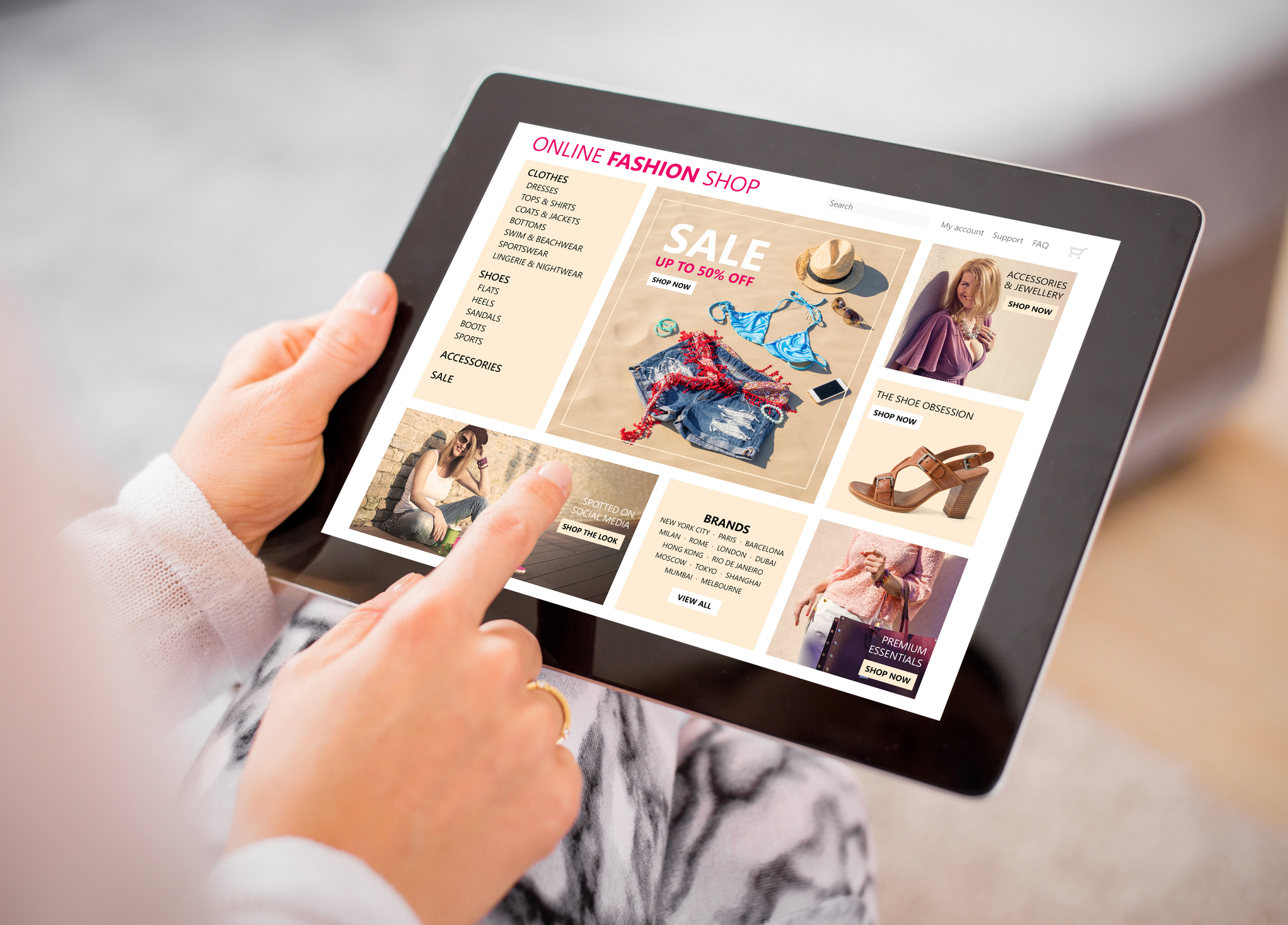By Conor McGrath
2019 might not have been the stellar sales year that online retailers were hoping for but positive growth in the last quarter has potentially paved the way for 2020 to “be a lot more positive for online sales growth than it has looked for a long time”.
These latest findings come from the annual IMRG Capgemini Online Retail Index, which tracks the online sales performance of over 200 retailers across a range of various sectors. Despite missing IMRG’s 2019 growth forecast, with online sales in the UK growing by just 6.7% in 2019, a surprising surge in sales during Q4 suggests that it could be on track to bounce back in 2020.
Good news for retailers, right? But why wait another 10 months for that peak shopping period to see a boost in sales? Retailers should be looking at creating year-long engagement and personalised, consistent communication with their consumers to improve sales performance throughout the rest of the year and create loyal customers for life.
Indeed, the top five predicted busiest shopping days in the UK fell between November 30th (Saturday of Black Friday weekend) and December 27th (Day after Boxing Day), according to Sensormatic Solutions’ annual ShopperTrak analytics, but with competition rife at this time of year, retailers who want to make a real impact should start making the necessary steps now to achieve consistent sales from loyal, retained customers.
For example, everyone who buys a gift during a festive rush can be offered a discount on a second Christmas gift. Or they can use the same discount voucher to get a great deal during the January sales, either for themselves or to show their partner how much they love them on Valentine’s Day.
To add inspiration to this incentive, you can suggest items they might want to purchase, offering alternatives whether they are buying for themselves or someone else. To add an extra personal touch, the style of their purchase plus their budget should be taken into account when suggesting products they may want to buy.

At peak times, shoppers are likely waiting on news of multiple orders – perhaps needed for various loved ones in the run up to Christmas, or as they refresh their wardrobe in the run up to their summer holiday – they are anxious to be kept up to date with clear messaging about what will arrive and when, and will remember the ease (or lack of) when they are planning future purchases.
The changing nature of business means that few statistics stand the test of time. But one particular figure from over a decade ago by Frederick Reichheld of Bain & Company – originally published in the Harvard Business Review – continues to crop up when talking about the importance of customer retention. It says that increasing customer retention rates by 5% boosts profits by between 25% to 95%.
While it’s evident that retailers will naturally see a spike in sales during key retail calendar events such as Black Friday and Christmas, retailers need to be planning ahead long-term to maintain strong sales throughout the year. And in order to do this, it comes down to creating the right customer experience at every stage of the customer’s purchase journey – right through from the moment they checkout until they have received their parcel. After all, the customer journey isn’t complete until their order arrives on their doorstep. This makes the post-sale period critical to your customer retention efforts, by maintaining dialogue with them.
Retailers need to invest more in the overall customer experience to retain loyal customers, rather than constantly seeking out new ones. A smooth post-checkout experience is paramount for customer loyalty, retention and repeat purchases. Retailers have a huge opportunity to extend their marketing and customer service strategy into and during the delivery window. Otherwise, the customer experience will continue to be poor and therefore revenue opportunities will be missed. By taking control of the customer journey post-checkout, retailers can improve their customer retention dramatically, reduce customer service enquiries significantly and increase revenue.
A loyal customer will continue to shop with a retailer who provides them with an exceptional online shopping experience, so ensuring that every element of their online journey is tailored and personalised will keep them coming back for more.
This includes communicating through consistent, authentic and personalised messaging across multiple channels, in order to maintain interest from consumers and create long-term brand value. After all, 80% of customers said they would be more loyal to a brand that showed they really understood them and what they were looking for, further highlighting the need for personalisation globally (Source: Acquia).

Therefore, in order to engage today’s contemporary shopper, retailers should be looking for new opportunities such as how they can improve the post-purchase phase of the shopper journey. Afterall, things like order confirmation (96%), predicted delivery window (91%) and delivery confirmation (92%) prove to be at least fairly or very important for consumers as part of a positive delivery experience (Source: NetDespatch, Dec 2019).
By suggesting complementary items or further product recommendations, based on the purchase they have just made, offering alternatives and further add-on products, retailers put themselves in a strong position to encourage repeat purchases, rather than neglecting their customer after they have checked out – something which the majority of the UK’s top 100 retailers are failing to do. It not only drives customer retention but also repeat sales, ensuring that retailers are maintaining dialogue with their customer in the long-term.
With a new year comes a whole new set of retail challenges but by turning the focus to retaining existing customers, retailers can create brand loyalty all year-round, instead of waiting for that annual spike in sales at the end of the year.
Take control of your brand throughout the entire purchase journey – from checkout to shipping to returns. Don’t solely rely on carriers to inform your customers, create a hosted Track & Trace page to drive additional revenue, make returns easy and communicate as much as possible with your customer directly. Get this right and you’ll be well on the way to building a loyal customer base for life, putting your brand miles ahead of the competition.
By Conor McGrath, Head of UK and Nordic Clients at post-purchase communications expert parcelLab


